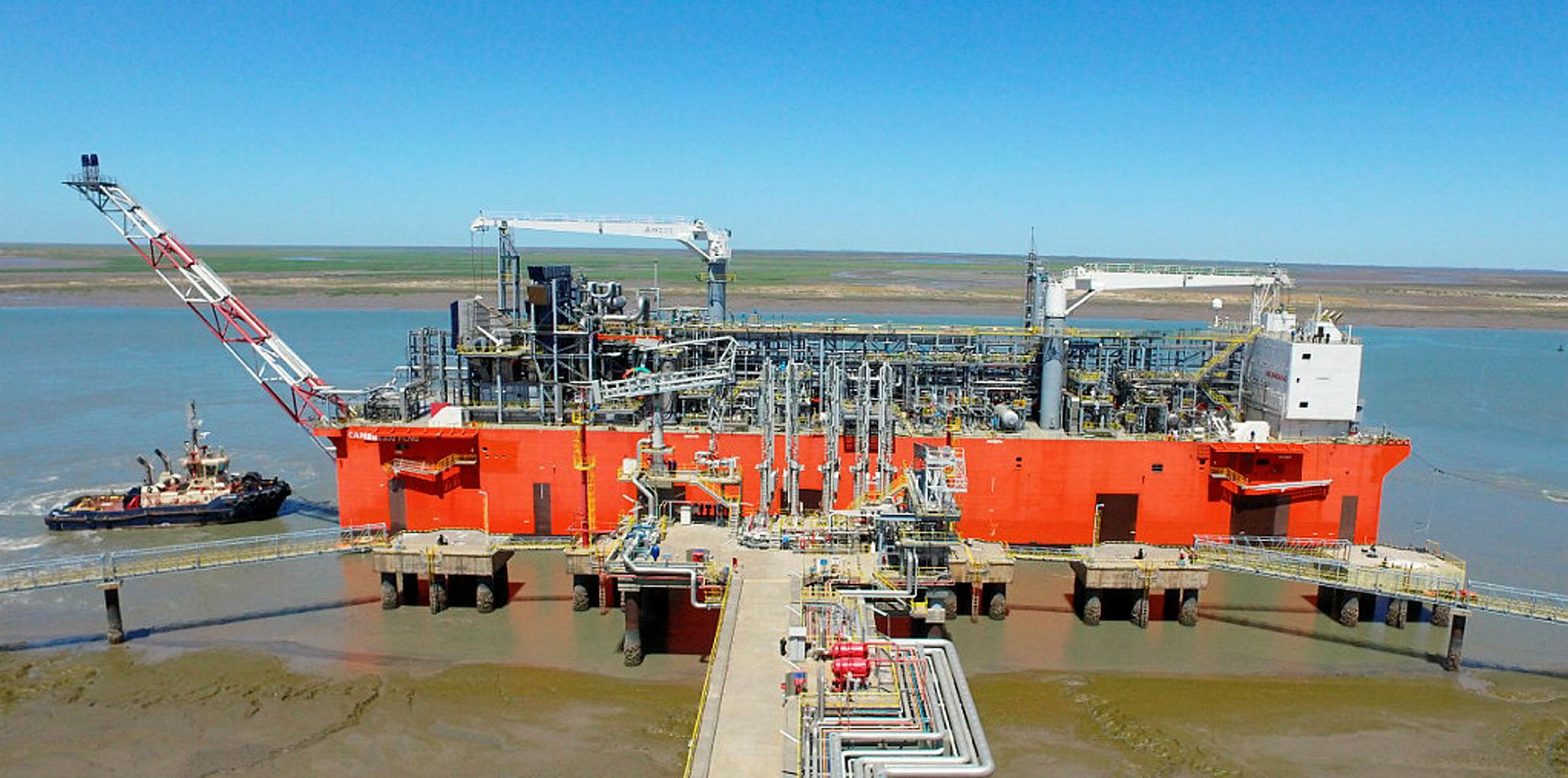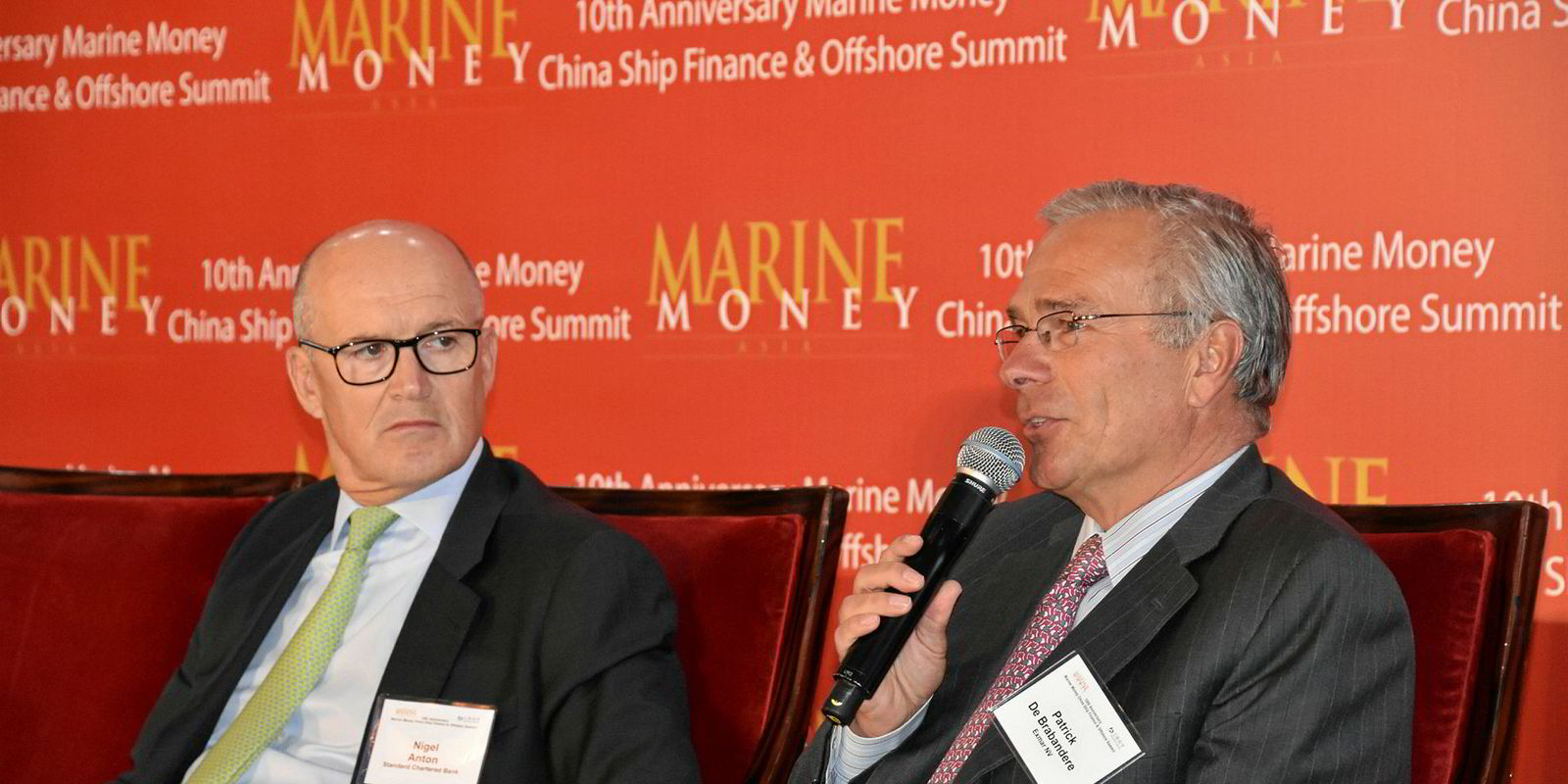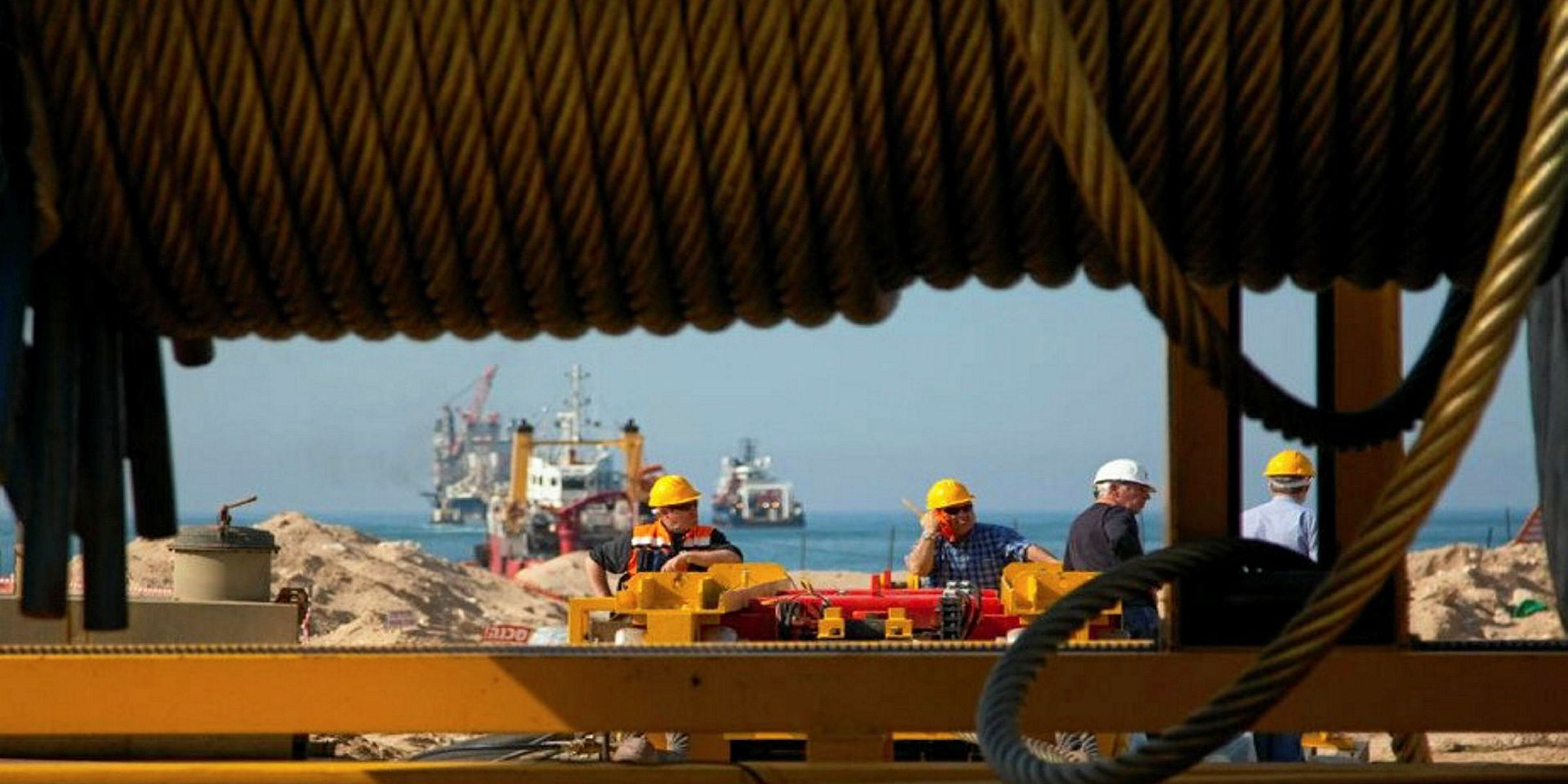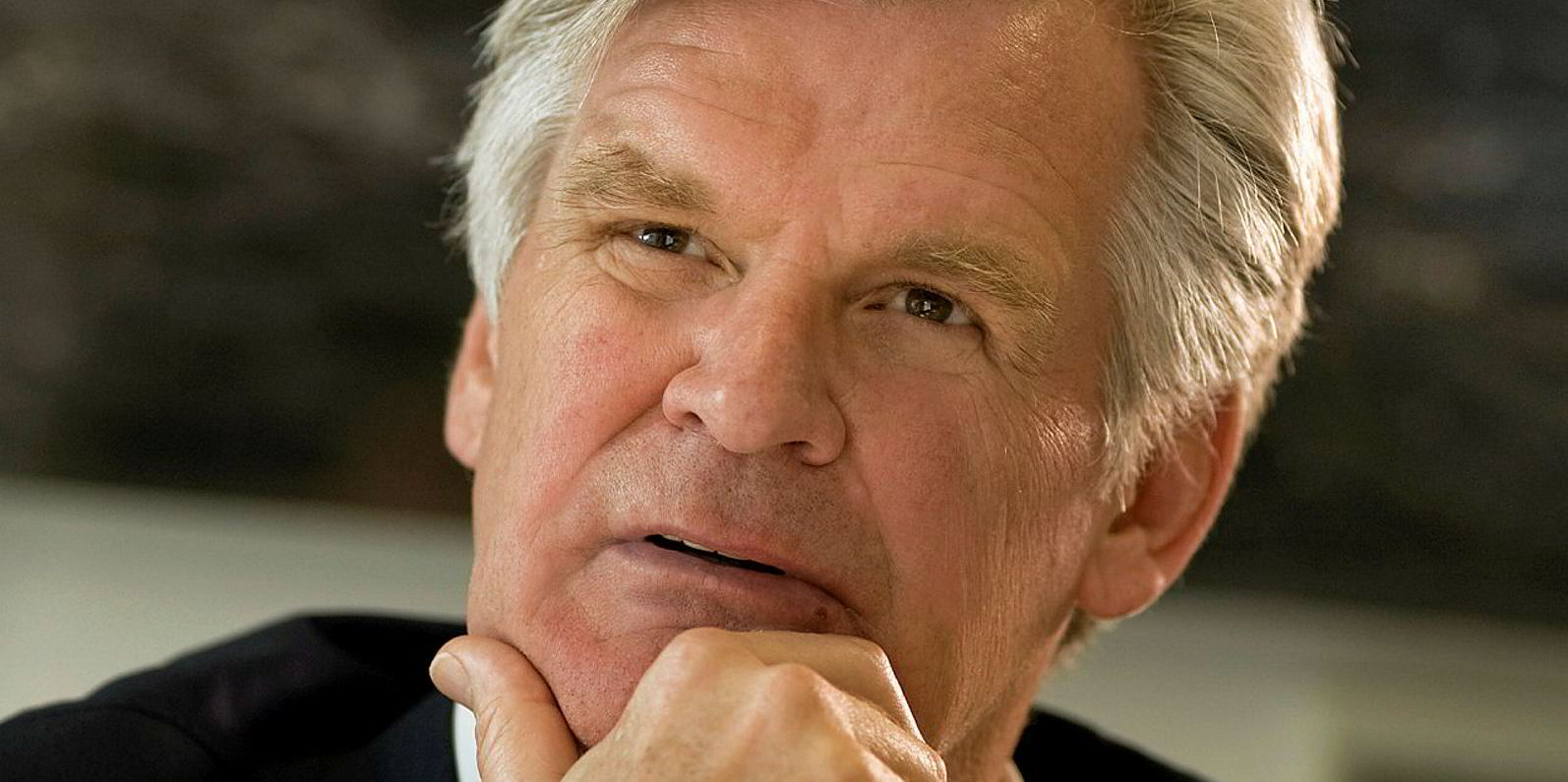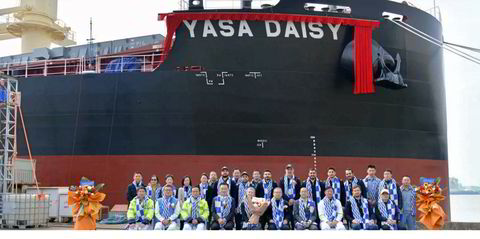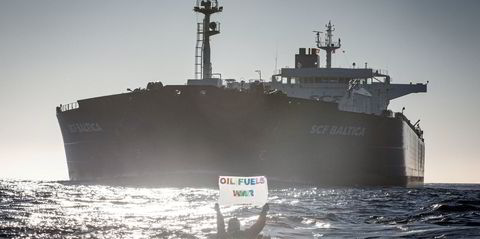Exmar chairman and managing director Nicolas Saverys has enjoyed one of the company’s better years in LNG.
In May, Exmar’s barge-based floating liquefaction unit Tango FLNG went into operation off Argentina, proving both a concept and marking the end of several years of pain for Exmar after the unit’s original charterer filed for bankruptcy.
But this is just the latest development in a 20-year-plus history in LNG.
Exmar contracted its first LNG newbuilding, the 138,000-cbm Excalibur (built 2001), in 1999 giving South Korea its first LNG carrier export order.
Conventional fleet
The company, which is well known in midsize and small pressurised LPG carriers too, has not gone on to build up a fleet of conventional LNG carriers but the Exmar name has tended to feature along with technical innovation.
Golar chairman Tor Olav Troim told TradeWinds earlier this year that the industry had much to thank Saverys for the pioneering work he has done with FLNG, floating storage and regasification units and LNG ship-to-ship transfer.
Saverys declares the reference “gracious”. But he asks the industry to remember Kathleen Eisbrenner, who died suddenly in May at the age of 58, stressing that FSRUs were her brainchild, which Exmar helped put into operation.
He says Exmar’s pioneering reputation likely comes from it being a “shipyard-friendly” company that likes to design things that are simple for yards to build.
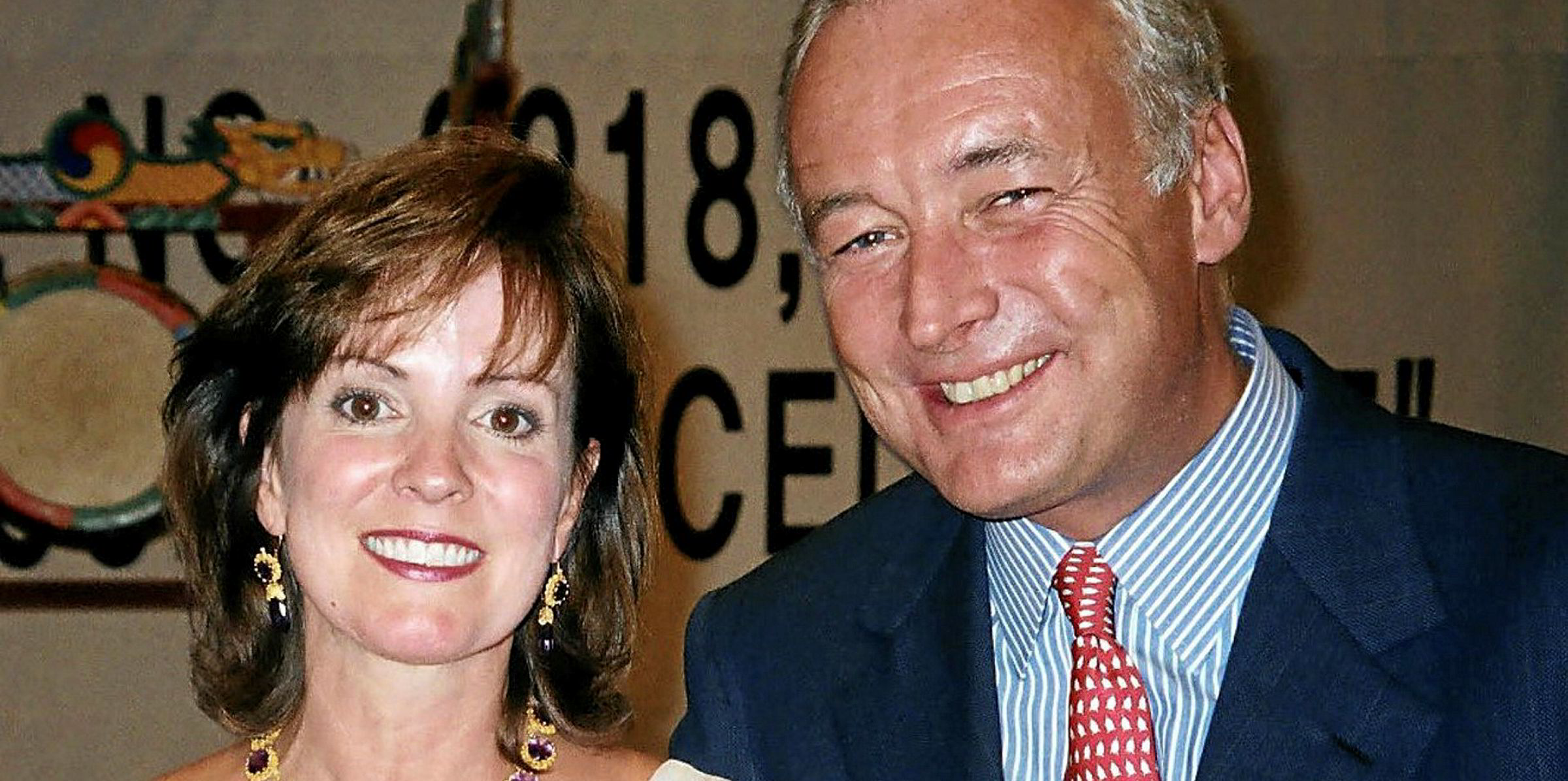
“My father, my grandfather, my great, great, great grandfather they were all shipbuilders,” Saverys says. “We have that DNA.”
He points to the two VLGCs Exmar is building for Norwegian charterer Equinor that look set to be the first LPG newbuildings of this size to use LPG in their main engines. Saverys says Exmar has been able to increase the ships' capacity to 88,000 cbm while still maintaining the dimensions that will allow them to access most ports.
My father, my grandfather, my great, great, great grandfather they were all shipbuilders. We have that DNA.
Nicolas Saverys
“The real innovation is small things,” he says.
On Exmar’s current infrastructure offerings, he is keen to talk up two design solutions.
One is the company’s OPTI series of semi-submersible platforms designed for use as floating production systems, which Saverys says is a proven time and cash saver.
The second is FLNG, where he says Exmar has a strong team in place with plenty of know-how.
He sees FLNG as something of a waiting game right now, with interested parties making approaches and Exmar watching to see which project moves forward.
“The intention is to replicate Tango but most likely it [the next project] will be bigger,” Saverys says.
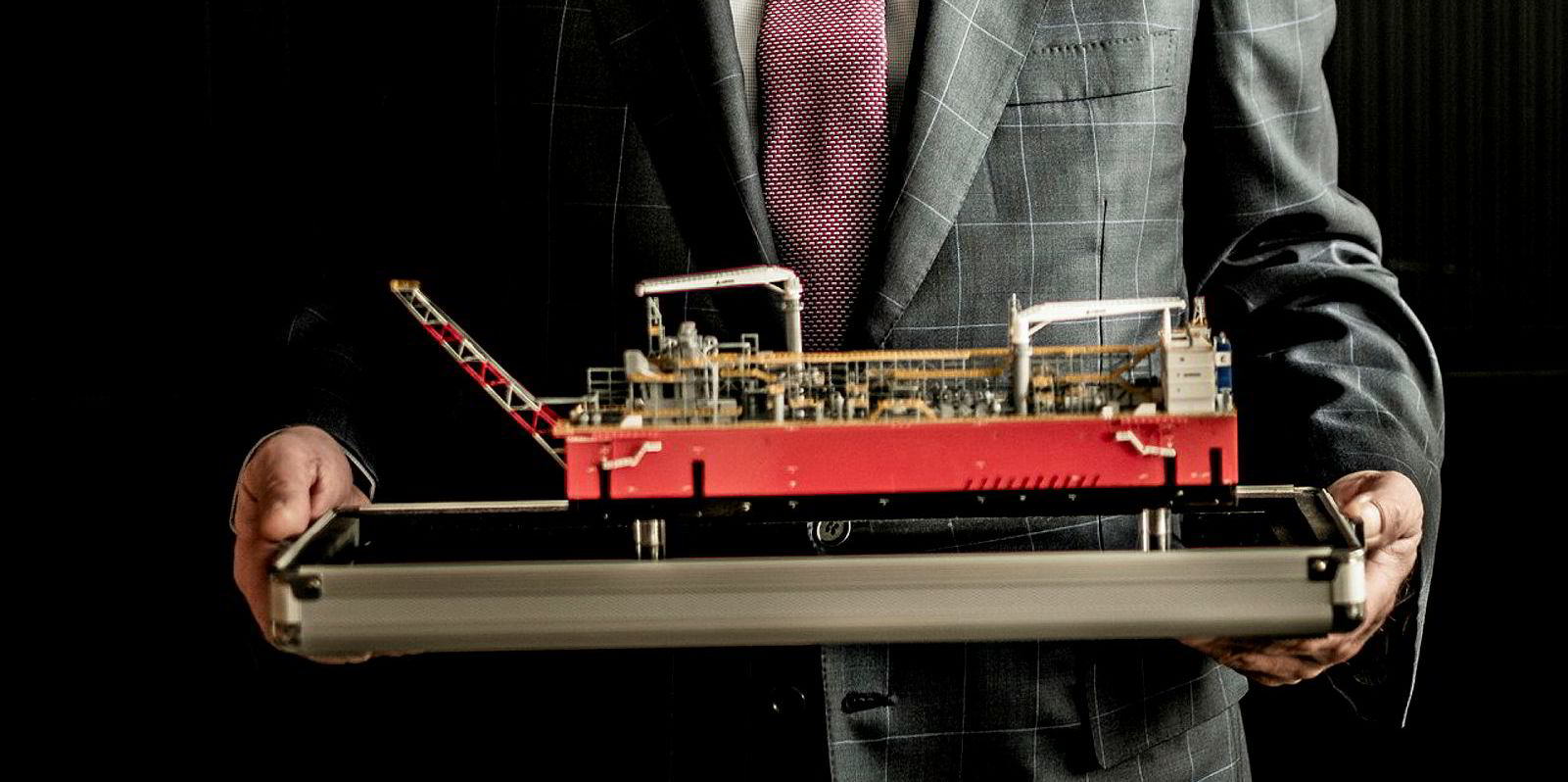
"We already know that we will be able to reduce the cost per tonne of LNG production."
Tango FLNG came in at $700 per tonne, he reveals, but he says Exmar can do “south of $500” per tonne on a 1.5 million tonne per annum and larger capacity floater.
He reminded TradeWinds that he said the first FLNG project would be located near-shore and use near pipeline quality gas, which fits the profile for Tango FLNG's initial job.
“Now we are rich in this experience. We will be going bigger and further out,” he says.
“Probably before I leave an active career, we will monetise a field of stranded gas somewhere in the ocean and use it to produce fresh water, power or change it to another gas,” he says.
But Saverys has his own gas pioneers.
He names Rene Boudet with whom he worked as a young trainee, Michel Groner of Moss Rossenberg fame and broker Inge Steensland.
Gas pioneers
“These three gentlemen were very different but they all had their skills. Rene Boudet was the inventor. Groner was the builder and Steensland was the smart guy making money.”
So which one is he?
“I’m not as smart as a guy like Tor Olav Troim who always manages to make money and indeed this is where we here at Exmar have been lagging,” he says.
“John Fredriksen and Tor Olav have both been the champions in the last two decades — both been brilliant not only in playing the shipping markets, including offshore, but also in playing the financial markets. And there Tor Olav is the master.”
Saverys says he still has plenty of energy, but he asks: “Will I still be the front man or do I need to put someone else there?”
“This is the time to have that debate with my colleagues and discuss the way Exmar can benefit to the maximum from these steady cash flows that will come in, a hot freight market for LPG and maximise our operational and technical know-how on transporting and transforming gas."

